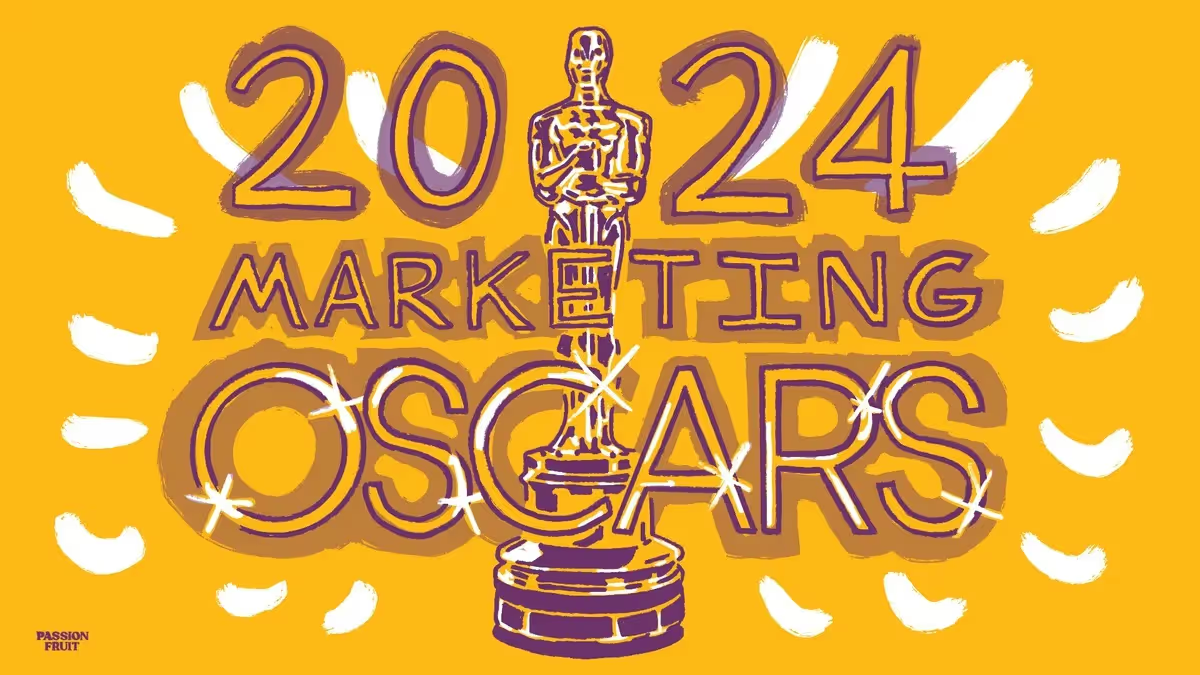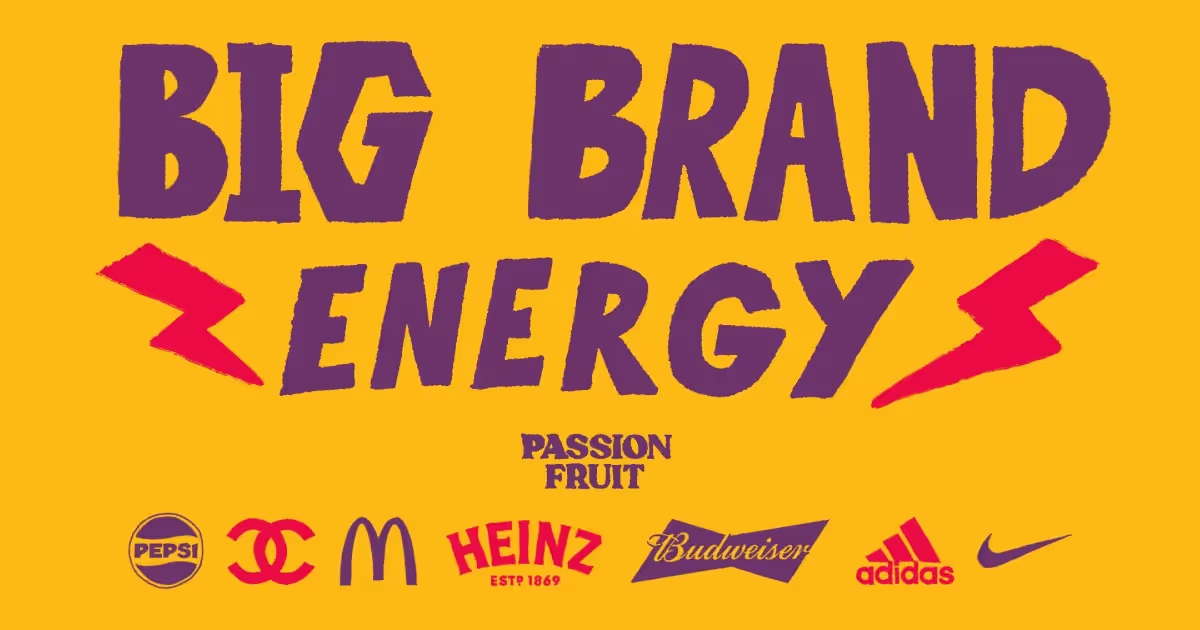The amount of COVID-related speculation over the last year has been exhaustive. Will we ever work a five day week again? Is this the end of cities? Is the business travel industry finished? There has been an infinite list of all the questions brought to the foreground by the media during the pandemic. We’re led to believe that every part of our world will, in some way, be affected. That may well be the case, but to my mind there are more fundamental changes taking place that have gone unreported in the background - and perhaps none more fundamental than secularisation.
I’m writing this the morning after England’s EURO semi final win, and by the time you’re reading this on Tuesday 14th July, with the prospect of it “coming home” perhaps a reality, there may well be a large proportion of England that have taken up (Sir) Gareth Southgate as their spiritual deity. (Tuesday 14th July update: it’s not coming home…) But, in all seriousness, the sharp transition away from blind faith in God among Millenials and Gen Z is a change at the fulcrum of society. What’s more interesting is that - unlike most trends we hear about - it’s not Western-centric. Though disproportionately apparent in high income countries, this is a change that data scientists affirm is “evident across most of the world”.

In the large and growing gap left by religion, young people especially are turning to alternative sources of guidance. Belief in astrology is on the rise, influencers (literally) influence hundreds of millions of Instagram, TikTok and Facebook users, while scientific experimentation with psychedelics promises newfound belief systems in the natural world. But those are just the well-known replacements. Substitutes for god are being found in places as niche as groups that exist to take down Wall Street hedge funds, NFTs of bored apes on yachts, and Reddit communities for the worst spelt word on the internet.
What’s important here is not the content of these new organising forces but the sheer variety of them. An easy way to think about this diversification is to look at the average viewers for the most watched TV show in the US every year.

Put simply, these days fewer people consume the same stuff. Thanks to football, we’re enjoying a communitarian moment in the UK, but it is fleeting. Deeper than “echo chambers”, slowly but surely, in the long run, we are all slipping into a more personalised universe.
One feature of these more personalised universes is that what seems irrational and illogical to one person can make total sense to another. One category where this feature plays out more clearly than most is “buy now, pay later” services. You can ask your grandparents for anecdotal evidence, but the data shows the concept of taking on debt to buy consumer products is anathema to older generations, but is accepted and commonplace among the young.

Of course, you can argue the merits of these services either way. Seen one way, by removing the need to pay for your goods up front, companies such as Klarna allow consumers to overburden themselves with items that they won’t be able to afford later down the line. Seen differently, by removing the need to pay for your goods up front, companies such as Klarna allow consumers to afford more of what they want via manageable installments, rather than go without because of a prohibitive initial lump sum.
No matter how you perceive it, this is a question of attempting to positively rebrand debt, as Klarna’s Global Chief Commercial Officer, Ian Griffiths, has explained:
“We want to demonstrate to shoppers that we are different to traditional lenders. We need to relate to the customer, and that’s what our brand messaging is attempting to do. They can feel an emotional attachment or relationship with Klarna.”
Whatever Klarna has done from a marketing point of view, the numbers confirm it as a hit. Its latest investment round brings its valuation to $45.6bn, with the volume of payments processed by Klarna in the US up by 296% in the fourth quarter of 2020.
Unsurprisingly, Klarna’s success, as well as that of Affirm, has enticed a number of other new players into the BNPL field. Each startup carries its own focus, with a desire to section off a new group of customers. Let’s evaluate the marketing of the most exciting new contenders in this space:
Wisetack
Angle: Wisetack focuses on the in-person business world, helping finance consumer transactions involving things like home improvement and car repair; the sort of big transactions that your average family might not have the cash to cover but also doesn’t want to put on a credit card.
Founders: Bobby Tzekin, Liz O'Donnell, Mykola Klymenko, Richard Parks
Funding: $19m (Series A)
Clean, tidy and well articulated: with their website, Bobby and the Wisetack team have put together a good initial touchpoint for their merchants. That said, with $19m in the bank, there’s room to arm Marketing Lead Iris Pfeifer and create a brand identity which feels a little less cookie cutter and a little more owned. Beyond the fundamentals, their blog suggests that they realised the power of content marketing at the back end of 2020 - from both a SEO and a merchant conversion perspective - but I’d challenge them to sharpen their approach, drop the corporate articles which few people outside the company are going to read, and make it more customer-centric.
We know that Wisetack grew its loan volume 20x between January of 2020 and January of 2021: why not tell the stories of the merchants whose businesses you’re helping to grow? It’s clear that one purpose of the blog is to help fill open roles. Rather than list out the impact you make in bullet points, companies should use lo-fi, inexpensive video content to show what a difference they make. When it comes to persuading people to take action, there’s published research to show the effectiveness of audiovisual prompts - as opposed to text-only approaches.
Brand Power: 💪💪
Scalapay
Angle: Choose Scalapay at checkout and pay for your purchase over three instalments without paying any interest and get your order straight away.
Founders: Johnny Mitrevski, Simone Mancini
Funding: $19m (Series A)
In some categories, good brand identities trigger category cues - for instance, popular fast food brands often rely on red to signal their category, so entrants should look to incorporate that in their own look and feel. Put differently, you wouldn’t want your Mayo brand to be anything other than white. The issue here that Scalapay have taken this and run too far in a category that is still young.

You look at that pink and - at least to my eyes - all you can think is Klarna. Building a distinctive brand means building an identity that is unmistakably you, not potentially the major player you’re competing with. Another issue is their Instagram account. Yes, they’ve got 12k followers, but only a 0.30% engagement rate. You can’t help but wonder how many of those followers are real? For context, good engagement rates for that amount of followers are around 6-7%, with excellent rates around 10%. Of course there’s a lot more to marketing than a colour scheme and an Instagram account, but by the looks of things it’s all Scalapay have got going right now.
Given that there’s no product differentiation Klarna, by definition Scalapay is a challenger brand. Challenger brands die unless they are built on a rock - which means marketing that is opinionated, brave and full of a conviction that is uniquely theirs. If you want best in class, look at the lengths Liquid Death goes to when seeking new buyers. Scalapay have to establish this sense of who they are quickly, because if you’re just a slightly worse version of Klarna, $48m will dry up very quickly indeed.
Brand Power: 💪
Tillit
Angle: Tillit is built by Merchants, for Merchants. A Buy Now, Pay Later checkout that allows you to offer your business customers the ability to purchase on invoice, or pay in instalments.
Funding: $3m (Seed)
Founders: Andreas Mjelde, Stavros Tamvakakis, Kiran Thomas
Now we’re talking. One click on Tillit’s website and I feel like I’m in the hands of a proper brand. For startups, it’s easy to forget, or ignore, that old lesson which Mike Markulla taught Steve Jobs, that people do judge a book by its cover.With Tillit, rich blues and crisp copy set the tone: there’s a clear sense of who they’re focussed on, how their product will help those people and why it’s different to the competition. This is a team with pedigree, largely born out of the e-commerce marketplace Linio Group which achieved a $140m exit to Falabella in 2018. It’s no surprise that the likes of Sequoia and LocalGlobe wanted a piece of the action in their recent $2.5m seed round.
Looking to the future, from a marketing perspective, Tillit has got a clean slate to go off. You’d expect content marketing to be the primary growth engine here. As with a lot of B2B businesses, it’s all about customer education through editorially-generated SEO-optimised content - in this case, around the risks of merchants providing unsuitable payment methods. Just in that sentence, the risk, or rather the opportunity, for Tillit is clear - how do you make payment methods feel exciting rather than dull? You can feel the founders’ passion for the issue, but it has to be communicated with a robust content strategy that entices new viewers, readers and listeners into the fold. If their past success is anything to go by, we’ve little doubt that this team will execute at the highest level.
Brand Power: 💪💪💪💪
Postpay
Angle: We offer one very simple product which allows the customer to split their online payments into four equal parts seamlessly without leaving their online basket.
Funding: $10m (Series A)
Founders: Dani Molina, Tariq Sheikh
Fresh off the back of $10m in equity investment from AP Ventures and Aussie-BNPL giant Afterpay (ASX: APT), Molina and Sheik’s company is poised to dominate the MENA market - where it already works with the likes of The Entertainer, Kcal and Squat Wolf, as well as global players like Footlocker and Dermalogica. Cornering off a healthy subsection of a global market that is forecast to grow by 400% - to $352 billion by 2025 from $89bn in 2020 - over the next five years will be an exercise in educating merchants on the intricacies of this regional, largely Arabic-speaking market, and showing how Postpay is uniquely equipped to support them. 80% of UAE residents claim they will maintain their pandemic shopping habits post-CV19, which saw a rise of 30% using e-commerce over physical retail, and if that holds then merchants will be actively seeking ways to make their online offer more effective.
With an impressive 4,000 followers on LinkedIn, and 40m LinkedIn users in their target market, it seems logical to use that as the primary channel for influencing key B2B decision makers. Emotional storytelling through content like (yes we always use it, it's our favourite example) Yeti’s blended with a well orchestrated SEO and performance marketing strategy will provide the perfect combination of short-term sales and long-term brand building. Some experiential marketing and activations might also provide turbo boosts at seasonal intervals, especially if you can focus on specific psychographics. This is a great example of a company which Western media might not write a lot about, but could easily be a unicorn business if grown correctly.







